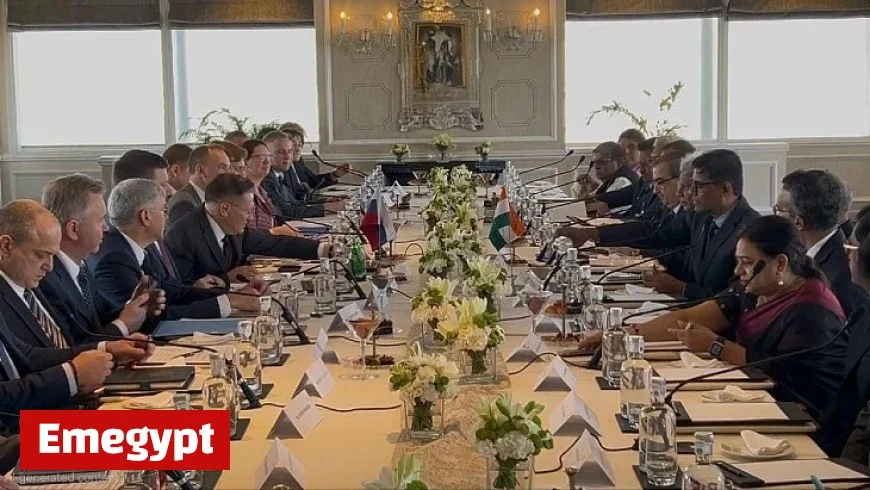Russia and India explore exciting opportunities for new nuclear energy projects

Recent discussions between Rosatom, the Russian state corporation, and India’s Department of Atomic Energy have revealed exciting opportunities for nuclear energy projects. The talks focused on both large-scale and small-scale nuclear power plant initiatives and enhanced cooperation in the nuclear fuel cycle.
Progress on Nuclear Projects
Rosatom is preparing the technical specifications for a new nuclear power plant in India. This facility will incorporate Russian-designed VVER-1200 reactor units. Additionally, the potential construction of small nuclear power plants, including floating power units, was explored.
A significant part of the discussions involved reviewing progress at the Kudankulam Nuclear Power Plant, which is located about 100 kilometers from Tuticorin, a port city in southern India. This site currently operates two Russian VVER 1000 pressurized water reactors that commenced operations in 2014 and 2017.
- Kudankulam Unit 1: Operational since 2014
- Kudankulam Unit 2: Operational since 2017
- Unit 3: Undergoing pre-startup operations
- Unit 4: Construction and installation work ongoing
- Units 5 and 6: In active development as part of the third phase
- Future Proposals: Units 7 and 8 with larger VVER-1200 reactors
Enhancing Local Manufacturing
During the Mumbai meeting, attended by Rosatom Director General Alexei Likhachev and Ajit Kumar Mohanty from India’s Department of Atomic Energy, participants highlighted the importance of localizing equipment manufacturing. They acknowledged the valuable experiences gained from the Kudankulam project, setting a strong foundation for future initiatives.
Likhachev emphasized that the Kudankulam project has reinforced the partnership between Russia and India. He noted the establishment of a reliable supply chain that facilitates ongoing and new nuclear projects.
Nuclear Energy Capacity in India
India currently operates 24 nuclear reactors with a combined capacity of 7,943 MW. Additionally, six reactors totaling 4,768 MW are under construction. The Indian government has classified two more units at Gorakhpur as under construction, despite not yet pouring concrete.
A further ten units, amounting to approximately 7 GW of capacity, are in pre-project stages. India aims to expand its nuclear energy capacity to 100 GW by 2047, utilizing large-capacity reactors and small modular reactors (SMRs) in its strategy.
Small Modular Reactor Development
Minister of State Jitendra Singh recently presented plans to Parliament outlining three types of SMRs under development by the Bhabha Atomic Research Centre:
- 200 MWe Bharat Small Modular Reactor (BSMR-200)
- 55 MWe Small Modular Reactor (SMR)
- 5 MWt High-Temperature Gas-Cooled Reactor for hydrogen production
These efforts signify a robust commitment to nuclear energy development in India, with strong international collaboration driving progress in the sector.



























